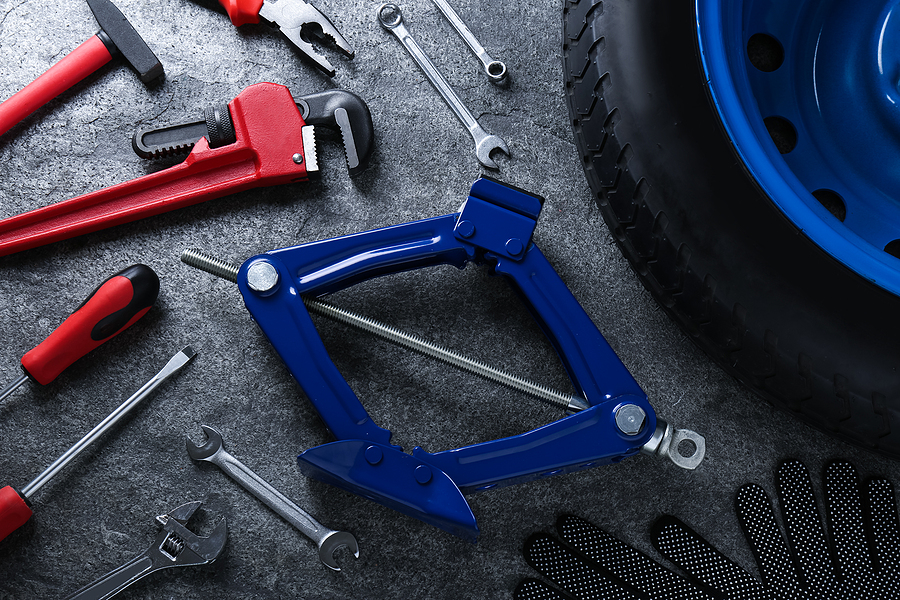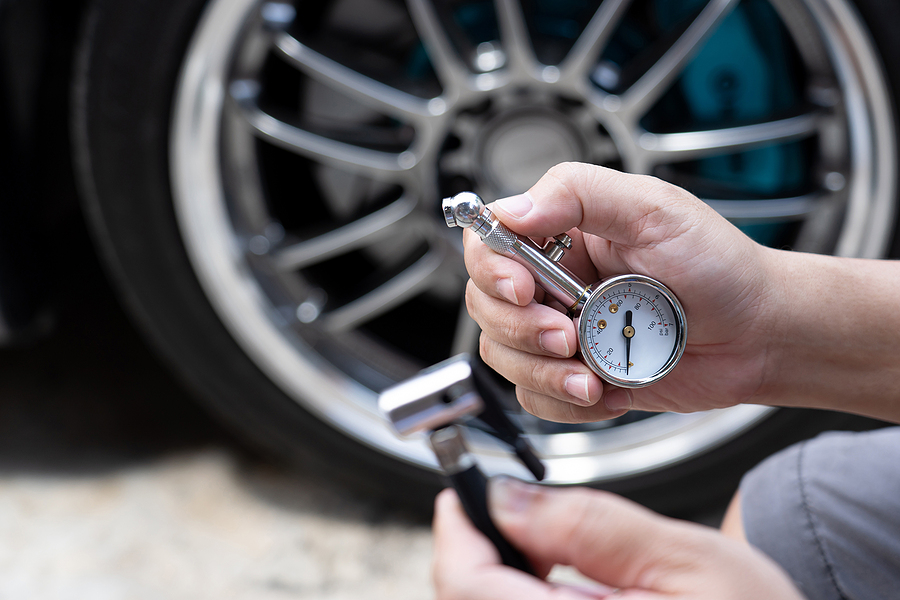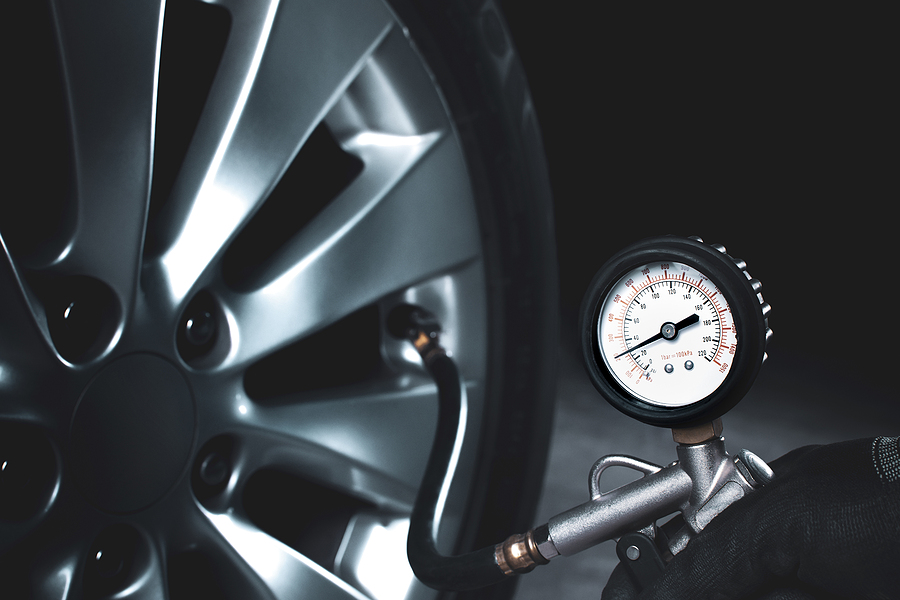If you’ve ever found yourself stranded on the side of the road with a flat tire, you know how frustrating it can be. But changing a tire is actually a pretty simple process, as long as you have the right tools. One of the most important tools you’ll need is a scissor jack. Continue below to learn how to use a compact scissor jack to lift your vehicle high enough off of the ground to change your flat tire out with a spare or new tire.

What You Need to Change a Flat Tire
Aside from a scissor jack or floor jack, you will need a few other tools to change a damaged tire. These include a lug wrench and sometimes a spare tire. You may also consider equipping your car with some standard roadside emergency supplies, which you can review here.
Let’s take a look tool needed to change a flat tire:
The jack is what lifts up the car so you can remove the flat tire and put on the spare. There are different types of jacks, but most cars come with a scissor jack. A scissor jack is a mechanical device that is used to lift up the body of a vehicle so that you can change a tire. It consists of two handles and a screw mechanism that allows you to raise and lower the jack. You’ll need to find the right spot to place the jack, which should be explained in a diagram in the owner’s manual of the vehicle.
The lug wrench is what you use to remove the lug nuts that hold the flat tire in place. Again, there are different types of lug wrenches, but most cars come with a crowbar-type wrench, also known as a torque wrench. Place the wrench on the lug nut and turn it counterclockwise to loosen. Once it’s loose, you can remove it by hand. Repeat this process for all the lug nuts. Once the lug nuts are removed, you can take off the flat tire by hand. If you don’t have a spare tire, you’ll need to take the flat tire to a nearby service station to get it repaired or replaced.
If you DO have a spare tire, place it on the wheel bolts and hand-tighten the lug nuts. Once all the lug nuts are in place, use the lug wrench to tighten them further. You’ll want to make sure they’re tight enough so that the tire doesn’t come loose while you’re driving, but just don’t over-tighten them. Once the spare tire is in place, lower the car back down to the ground and remove the jack. You can now drive to a service station to have the flat tire repaired or replaced.
Tips for Using a Scissor Car Jack
To use a scissor jack, first locate the jack points on your vehicle. These are typically located near the corners of the vehicle body. Once you’ve found the jack points, place the jack under the vehicle and screw the mechanism until the Jack is tight against the body. Next, use the handles to start lifting the vehicle body.
Once the vehicle is high enough, remove the flat tire and replace it with a new one. Then, lower the jack and remove it from under the vehicle. That’s all there is to it! With a scissor jack, changing a tire is a breeze. Just be sure to check your tires regularly and keep them inflated to the proper pressure to avoid flats in the future.
Are you looking for superior tire, wheel, and brake care for your luxury import vehicle? Contact Autohaus Dierolf at 317-571-0800 for professional European auto repair and service in Indianapolis, Carmel, Indiana. We are factory-trained German mechanics who specialize in Mercedes, BMW, Audi, and Volkswagen, but work on all European and British cars.
Related Posts:
Top 5 Car Parts Affected By Cold Weather
Frequently Asked Questions About Tire Care
Recommended Roadside Safety Kit for Volkswagen Drivers


